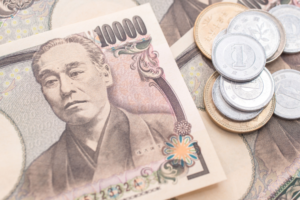Japan has intervened in its currency market for the first time since 1998 to stablilize the yen. Kana Inagaki and Leo Lewis report for the Financial Times:
Japan intervened to strengthen the yen for the first time since the late 1990s on Thursday, after the currency tumbled to a 24-year low on pledges by the central bank to stick with its ultra-loose policy.
Masato Kanda, the country’s top currency official, said the government had “taken decisive action” to address what it warned was a “rapid and one-sided” move in the foreign exchange market. It was the first time Japan had sold dollars since 1998, according to government data. Shunichi Suzuki, finance minister, declined to comment on the scale of the intervention.
The move, which traders said was conducted shortly after 5pm local time in Tokyo, caused the yen to surge to ¥142.39 to the dollar in the space of a few minutes.
In the currency’s most volatile day since the height of the coronavirus crisis in 2020, it had previously hit a low of ¥145.89 after the Bank of Japan signalled it would not change its forward guidance about interest rates. So far this year, the yen has lost about a fifth of its value against the dollar.
“It’s the next logical step of the psychological game the Japanese are trying to play here. The yen was heading very steeply to 146, and the [Japanese authorities] had to get a message out quickly. I think the idea is to plant the idea in the market that this is their line in the sand,” said one Tokyo-based trader.
The move to steady the yen cascaded across global currency markets. Both the pound and the euro swung into positive territory after starting the day lower.
The intervention also highlighted the powerful impact of a surging US dollar on the world’s biggest economies.
Japan is now the only country in the world to retain negative interest rates as the US Federal Reserve and most other major central banks aggressively raise interest rates to fight inflation. Hours after Japanese policymakers decided to hold their main interest rate at negative levels, the Swiss National Bank lifted its own rates into positive territory.
Read more here.

